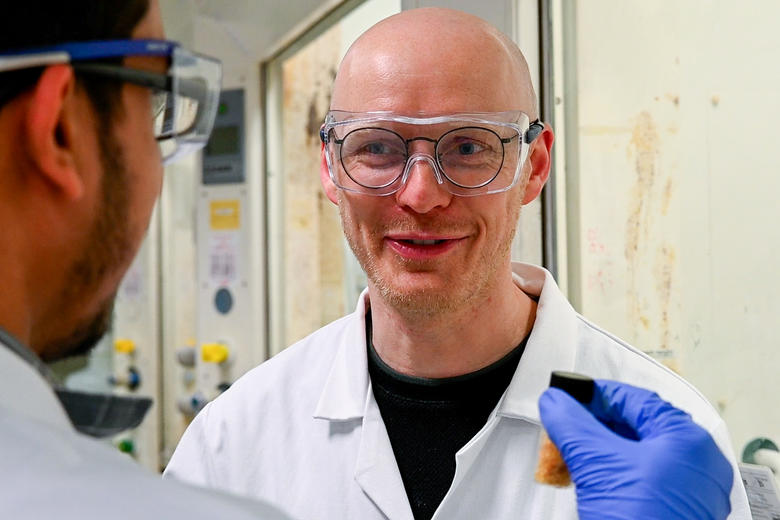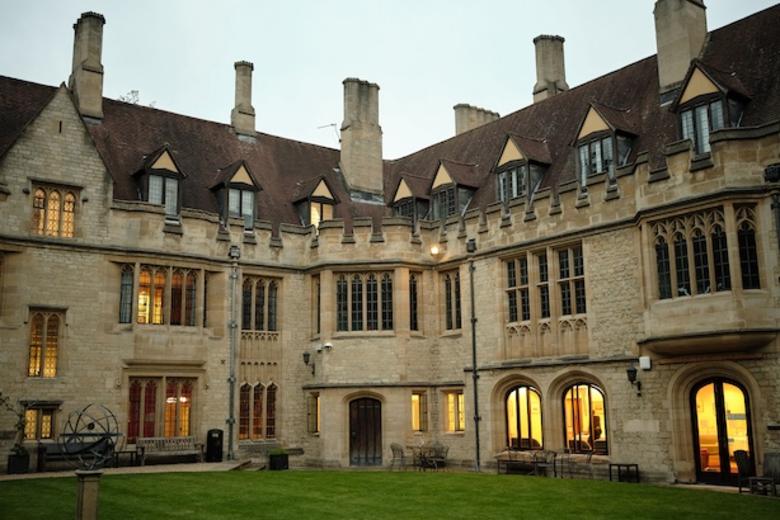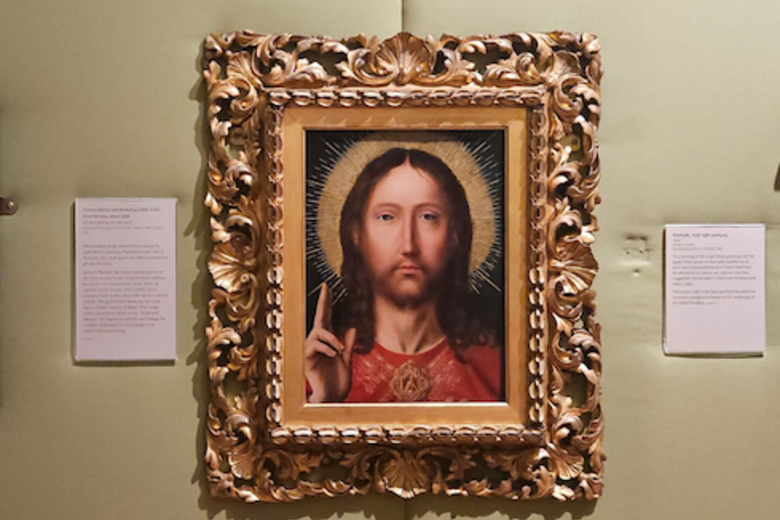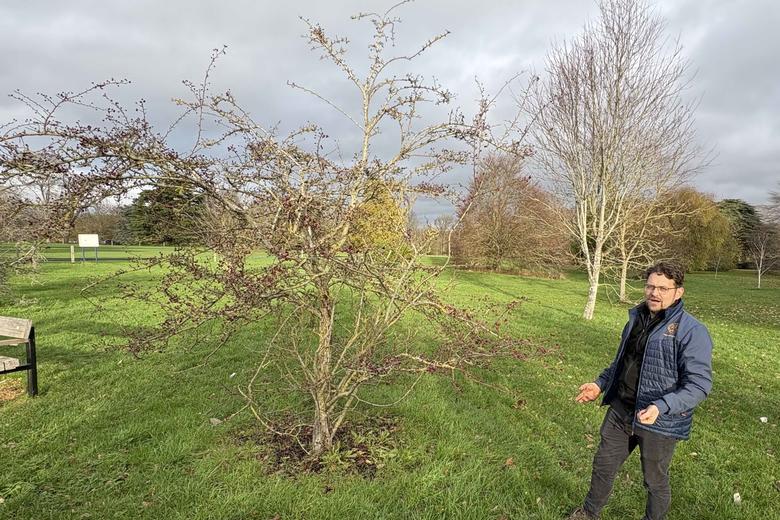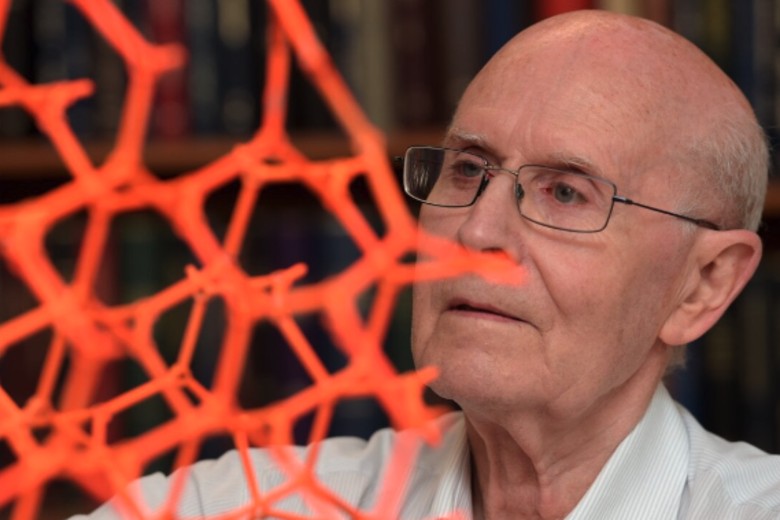OFF THE SHELF: JUNE 2025

OFF THE SHELF: JUNE 2025
This month Oxford libraries, Ciudad Juárez, poetic resurrection, MI6 and dandyism
Published: 18 June 2025
Author: Richard Lofthouse
Share this article

Oxford Libraries Architecture by Geoffrey Tyack, Photography by Dan Paton (Bodleian Library Publishing, 26 June 2025)
What a smashing tome! The point of departure for the publisher and authors is recognition that historically libraries were typically closed to the public and open only to scholars, making them mysterious and largely unknown. We then have the second order effect of alumni and other Oxford afficionados coming to know one or two libraries very well – faculty, college – while remaining largely in the dark about the rest. Viewed like this it is truly extraordinary to see the subject anew, with the libraries seen in plural, as temples of learning and works of architectural art, and amassed here to the tune of 50 separate entries each with stunning photography by specialist Dan Paton. The single non-Oxford University library is Oxford Brookes University Library, displayed in its cement-lined massiveness, while next to it and equally on a limb is the bijou Oxford Union library and the frankly acknowledged problem of the Pre-Raphaelite murals that despite conservation work are faded to the point where the photos are better than the lived reality of peering up into the eaves. One advantage of the book is bringing everything up to date. In particular, the Radcliffe Science Library which is now partly on the site of Reuben College, the librarian’s office serving as the President’s office, is finally given the recognition it so deserves as a jewel of English modernism within a façade that presents as a medieval/Renaissance pastiche from 1889-1900. But it is the Parks Road extension from 1933-34 that has so often been missed. Designed by Sir Hubert Worthington it was based on the ‘moderne style’ of the 1925 Paris Exhibition, with airy, arched bays, while exquisite wooden doors designed by Eric Gill feature panels representing Roger Bacon and William Harvey and other notable Oxford scientists. This may be regarded as a high point in Oxford’s modern face, with what came much later being too new to judge with any discernment even while the authors here do their best. Having said that, the Zaha Hadid Middle East Centre is to this reviewer’s mind a stunner, while Alan Bullock’s decision to pass over Brits for Danish modernist Arne Jacobsen for St Catherine’s College still garners affection even while the effect of those swan chairs is not as striking as it seemed at the time in 1964. By alphabetic quirk All Souls comes first in this book and it is impossible not to come back again and again to the extraordinary beauty of the Codrington Library, the early eighteen-century palace designed by Nicholas Hawksmoor. It took over 40 years to be properly completed, a reminder that our breathless rush for speed is often at the expense of meaning and magic. This book is full of magic.

Border Documents by Arturo Soto (The Eriskay Connection, 2025)
The author (St Catherine’s, 2015) has a DPhil in fine art from the Ruskin School and we last spoke to him in 2021 about his work A Certain Logic of Expectations, in which he put forth in stunningly premeditated photographs an anti-Dreaming Spires rendering of Oxford while reminding us of the wisdom of a friend, who maintained the importance of ‘distinguishing reality from reality’. In Border Documents we obtain his father’s memory of his childhood juxtaposed with photographs of the neighbourhoods where he grew up in the 1960s and 70s, again asserting emphatically individual, day-to-day memories of growing up that defy the headlines about drug trafficking, corruption and violence in Ciudad Juárez.
Soto says: ‘Following Edward Soja’s remark that biographies are geographies as much as they are histories, these photographs and texts recount sites on both sides of the border that my father associates with specific memories. The series emphasises everyday occurrences, departing from the media’s reductive focus on violence, attempting to make visible the personal affects embedded in public spaces.’
Noticing that some of the cars shown in the photos are newer than the dates of the memories, I was puzzled until being reminded that the pictures were made by Arturo in Ciudad Juárez and El Paso in 2016, while the texts were written between 2015-19 and revised in 2024. The production values and ethos of the book are those of fine art. The juxtaposition of memory and image provoke as many questions as the ghosts they summon and quell.
He explains further: ‘Over the last 20 years, Ciudad Juárez has endured extreme violence as a consequence of drug trafficking and corruption. I grew up listening to my father’s stories about his youth in Juárez, before NAFTA altered the city’s urban and social fabric.’
The cumulative effect of the book is strangely affecting and stays with you, even with no knowledge of Mexico. At the very end, in the last paragraph, his father is described as feeling ‘real torment’ knowing that the people and events of the book are now out of reach, yet ‘a rare kind of joy’ at the power of memory to get within fleeting distance. I suspect that this is a universal conundrum of lived human experience.

First Rain in Paradise by Gwyneth Lewis (Bloodaxe Books, 2025)
Gwyneth (Balliol, 1985) was the first National Poet of Wales. She returned to the college as Artist in Residence (2023-25) and is an Honorary Fellow.
In this new collection, her first in seven years, Gwyneth Lewis explores through poetry some of the difficult experiences she wrote about in her recent memoir Nightshade Mother: A Disentangling (Calon, 2024). The poems in First Rain in Paradise trace an interior landscape carved out by the trauma of childhood emotional abuse, through subsequent chronic ill health, and towards a hard-won resurrection. Despite being written from the shadows, both joy and humour feature in these poems.
First Rain in Paradise is a book about falling. Gwyneth Lewis’s highly inventive poems trace an interior landscape carved out by the trauma of childhood emotional abuse through subsequent chronic ill health and towards a hard-won resurrection. These accounts of living in and emerging from the dark wrestle with the angel of language. Suffering does not preclude humour and may, in fact, require it in poems written from the shadows but committed to the light. This work refuses to keep pain a secret. Shame is a lurking presence. The book opens with ‘Spiderings’, a gothic horror sequence about the effects of maternal abuse. Then comes a descent into underworlds of debasement and debility. The third, title sequence begins with a 15th-century manuscript depicting the fall of Adam and Eve, the poems presenting a portrait of a drenched, catastrophic landscape, asking how human trauma relates to a fantasy Eden. Gwyneth Lewis has won wide acclaim for her versatile and varied writing across genres, most notably in her award-winning poetry in both English and Welsh. This book shows a deepening of her technical, imaginative and intellectual resources which are challenged and exercised to the full. The poems map uneasy terrains with realism and – most importantly – with joy.

No. 2 Whitehall Court by Alan Judd (Simon Schuster, 2025)
Recently made an Honorary Fellow of his undergraduate college Keble (1972), the celebrated author, former diplomat and soldier travels back in time in his latest novel to the development of MI6, the British foreign intelligence service, during World War One. By making his lead character a woman, Emily Grey, he allows a fresh view of some of the early leaders such as Captain Sir George Mansfield-Cumming, who always signed his name in green ink, as simply ‘C’. Like Alan’s other novels, this one begins so easily and yet it creeps up on you with a convincing, insiderly view of the English Establishment, including small but significant differences between the different armed services, and of the degree to which senior leaders might or might not be exactly who they claim to be, and ultimately a thrilling plot about a foiled attempt by the Germans to trap the British Grand Fleet in port in the Firth of Forth. The broad approach is faithful to the fact that MI6 and MI5 were split into naval and army sections which, over time, specialised in foreign espionage and internal counter-espionage activities, respectively; and that one of the big original aims was to get a handle on the maritime strength of the Imperial German Navy. The other thing the narrative does is to ‘un-other’ Germans, beginning with the fact that the reader learns that Emily had been semi-betrothed to a certain Hans, then killed in combat – a reminder of how closely British and German cultures lay towards each other until the war forced a resilement. There is a degree of humour too towards Emily’s slightly bungling oppo, Nisbet, who is perfectly faithful to the British cause yet eccentric and with a backstory that seems to involve not quite getting qualified as the marine he trades on having once been. Everyone in the novel is a bit larger and smaller than life, with eccentricities worn generously to accommodate the essentially clandestine and crooked emerging art of counter-espionage, quite possibly an eternal truth about secret services everywhere, despite today an increased reliance today on technology, data scraping, artificial intelligence and satellite imagery. Alan’s world commends itself to the reader partly because it still offers up slices of fruitcake, cramped accommodation, urgent telegrams and eternally draughty buildings requiring fur coats, not forgetting the must-have addition of a suspicious architectural artist spotted painting the Firth. An excellent coincidence that while this review was being penned the first female head of MI6 was appointed, Blaise Metreweli, although unfortunately the announcement of a certain US network that she had gone to Pembroke College, Oxford was incorrect. In fact she is an alumna of the Other Place but at a college of the same name.

The Dandy, A People’s History of Sartorial Splendour by Peter K Andersson (Oxford University Press, June 2025)
Dandyism wasn’t just an elite phenomenon restricted to upper class poets and aesthetes. The author here shows comprehensively that right across society the search for male identity was expressed in clothing and accessories that capitalism readily provided. The mashers, the knuts, the Paris gandins and the Berlin transgender dandies, alongside more well-known but unexplored figures like the zoot suiter, the teddy boy, and the New Romantic, all participated. This is a story of how fundamental aspects of modern culture such as fashion, style, and conduct have been shaped from below just as much as from above. It is a story that shows how young men trying to carve out a particular identity was a broadly experienced facet of cultural history with a particular expression within consumer capitalism. The author is a writer and intellectual and one-time visiting Fellow at Oxford.
Off the Shelf typically concerns books where there is an Oxford connection, whether the place, the University or of course the author. Our editorial selection rests on books appealing to the broadest alumni audience.
For more recommended books from Oxford academics and alumni, head over to the @oxfordalumni social channels on Instagram, Facebook and X.
Alumni can claim 15% discount in any Blackwell's store with a My Oxford Card.
Alumni can claim 20% discount at Oxford University Press.
Join the Oxford Alumni Book Club.
Lead image: Getty Images



